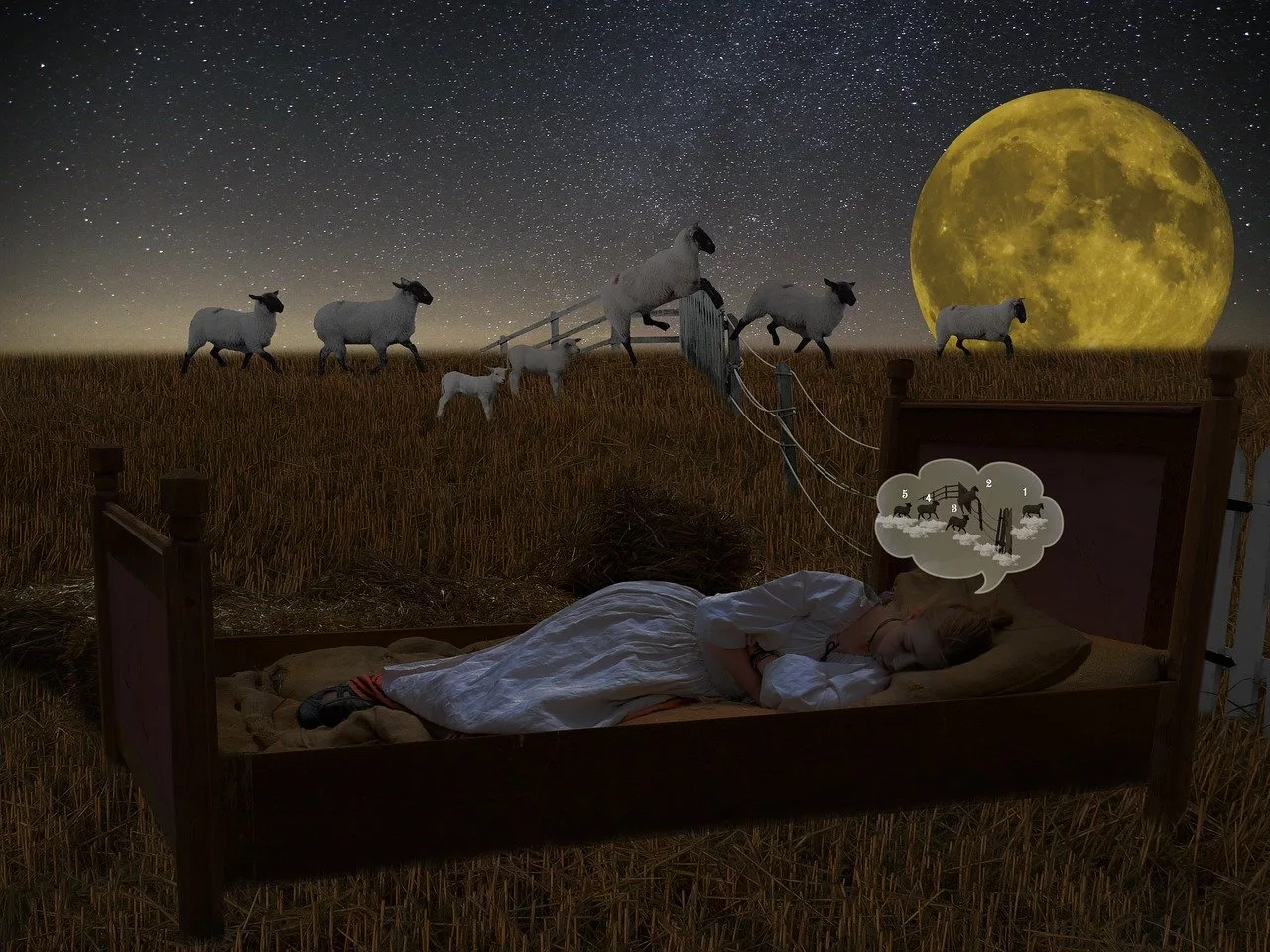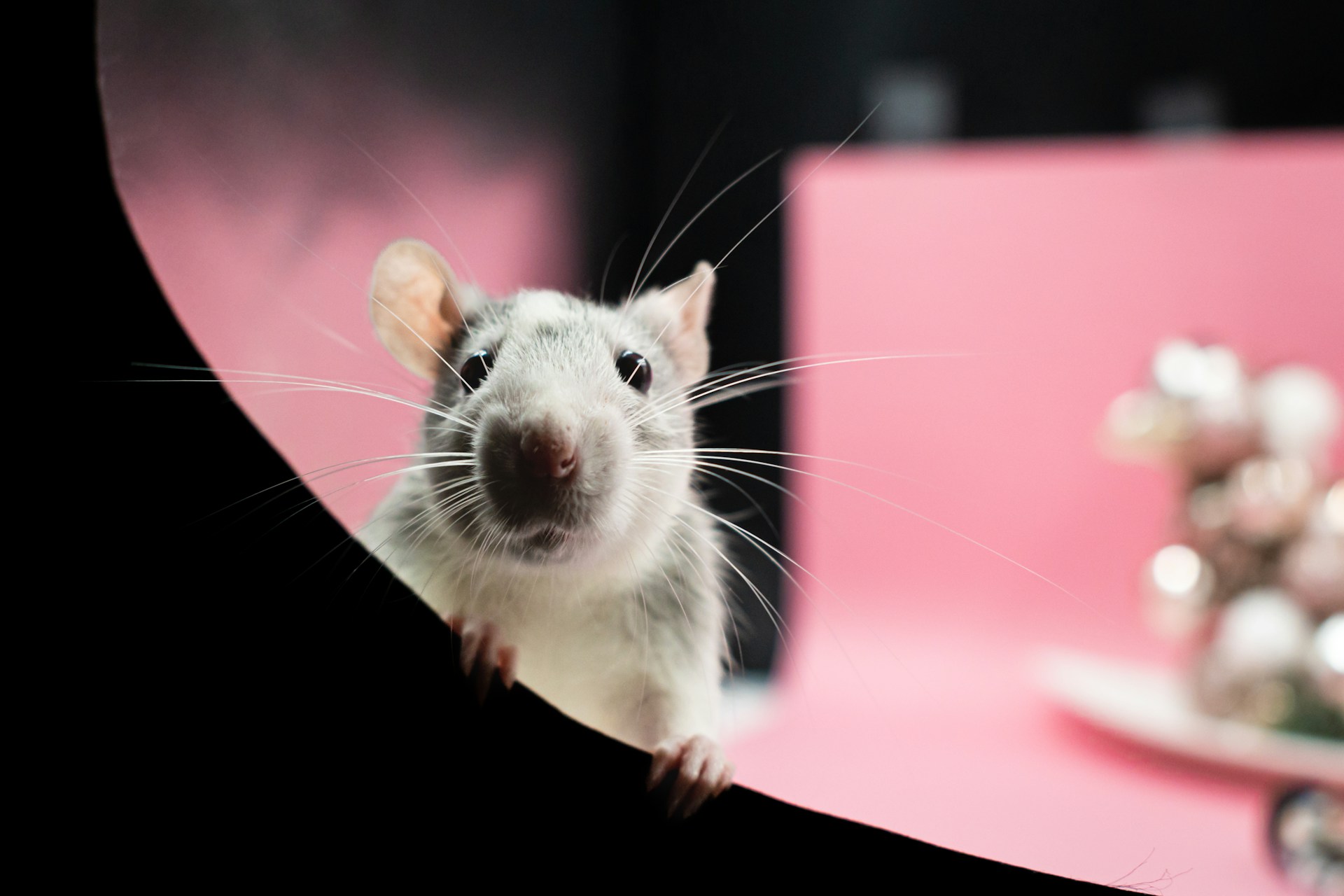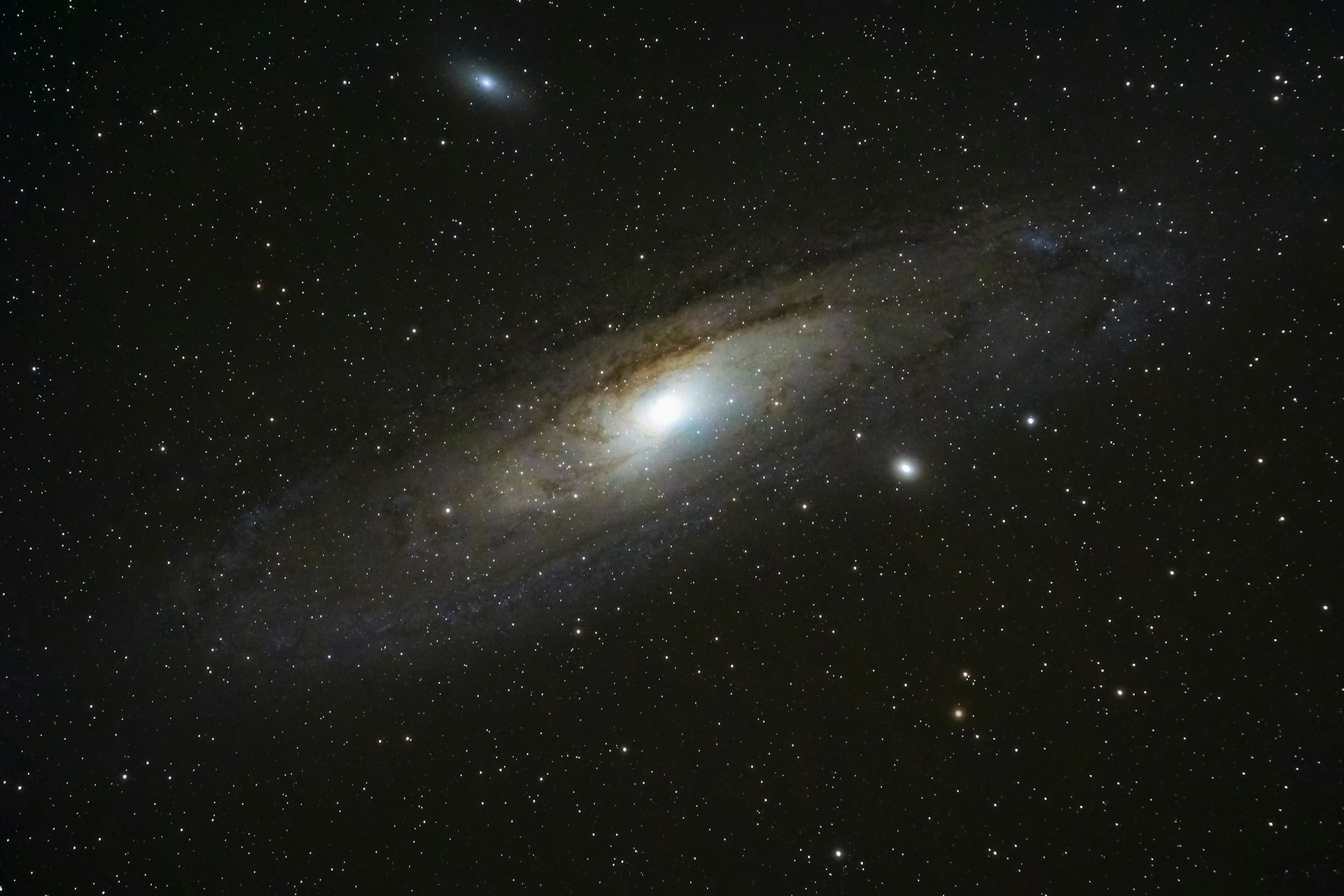Unraveling the mysteries of animal dreaming. Image credit: G.C., via Pixabay.
In the late 1950s and early ‘60s, French neuroscientist Michel Jouvet became fascinated with what he called “paradoxical sleep”. During certain periods of sleep, the region of the brain called the cortex is as active as when awake, but the body remains entirely immobile. This represented a paradox (hence the name)—what was happening during sleep that required so much activity, but no involvement of the rest of the body? Intrigued by what this added to our understanding of sleep, Jouvet began trying to answer the question of what all that cortical activity was for.
At the time, scientists understood that motor activity was inhibited by a part of the brain called the pontine reticular formation. During paradoxical sleep (better known today as “REM sleep”), this brain region is responsible for maintaining complete bodily immobility. Jouvet wondered what would happen to REM sleep if this process was interfered with, so decided to perform lesions to this area of the brain in cats, and observed what happened when they slept.
As the cats entered REM sleep, they raised their heads, without waking, and proceeded to act in a totally unpredictable way.
His findings are intriguing, but will give you goosebumps. As the cats entered REM sleep, they raised their heads, without waking, and proceeded to act “in a totally unpredictable way”. Walking around their cages while pawing the air, biting, and pouncing, they showed no recognition of objects put in front of them, or indeed awareness of their surroundings at all. Jouvet was convinced they were still asleep—as well as showing various external signs of sleep, recordings of the cats’ brain activity showed all the hallmarks of REM sleep. When they published their results in 1979, Jouvet and his colleague Jean-Pierre Sastre were clear that this represented what they called “oneiric behaviour”—the cats were dreaming.
This is one of the many examples of suspected animal dreaming described in evocative detail by David Peña-Guzmán in his book When Animals Dream: The Hidden World of Animal Consciousness (2022). A philosopher of consciousness and animal studies at San Francisco University, Peña-Guzmán had come across numerous examples of what he interpreted as animal dreaming. From scientific studies of animal sleep, through to the particularly fascinating case shown in a popular PBS documentary about the life of a captive octopus, in which the animal changes colour in her sleep, Peña-Guzman was confronted by what he saw as the deep moral implications of animal dreaming. His exploration of these implications, through reviewing scientific literature from his standpoint as a philosopher of consciousness, produced When Animals Dream. The result is a thought-provoking blend of science and philosophy—and a powerful reminder of what we lose when we fail to integrate the two.
The result is a thought-provoking blend of science and philosophy—and a powerful reminder of what we lose when we fail to integrate the two.
By first reviewing a selection of modern scientific research into animal sleep, When Animals Dream makes the case for why certain observations should be considered evidence of animal dreaming too. As well as Jouvet’s cats, examples range from how zebra finches “replay” their songs while asleep to how sleeping chimpanzees use sign language. At the heart of Peña-Guzmán’s argument is an appeal for those who study animal dreaming (and, presumably, cognition more widely) to make use of the philosophical principle of “abduction” to a greater extent, sometimes also known as inference to the best explanation. In his words, this is ‘a style of argument that first identifies the relevant facts and then selects the explanation that best accounts for all the facts combined’ (p. 34).
Animal behaviour researchers may argue that this is precisely what they already do—and might add that one of those facts is that we can never access another animal’s subjective experience. Without acknowledging this fundamental obstacle, hypotheses about animal dreaming like Peña-Guzmán’s are at best conjecture. But he is open to this accusation, arguing that such hypotheses ‘may be conjecture… but not in the everyday sense of a random guess’ (p. 34), and that the fallibility highlighted here by scientists is, in fact, ‘what makes it scientific in the first place’ (p. 35).
I suspect many scientists would argue that pondering what kind of subjective experience another animal has is exactly what makes it philosophical in the first place, but therein lies the intriguing central thread of the book. Its approach is clearly at odds with contemporary scientific approaches to studying animal behaviour. But Peña-Guzmán is not seeking to reject science in itself, rather to advocate for a more interdisciplinary perspective on animal minds. The conclusions we draw from thinking about animal dreaming and sentience—about the moral status of animals, and therefore how we ought to treat them—has huge ethical implications, he argues.
The conclusions we draw from thinking about animal dreaming and sentience—about the moral status of animals, and therefore how we ought to treat them—has huge ethical implications.
Via some fairly jargon-heavy arguments about what it means to be conscious (which may make this section of the book less accessible to many readers), he ultimately arrives at the idea that being conscious, in the manner that he believes dreaming entails, gives an animal moral status—and that we are therefore obliged to treat them ethically. What this means in practice, though, he acknowledges, is ‘far from settled’ (p. 181). But, since contemporary scientific perspectives (summarised by the famous “Morgan’s canon”) can never reach this conclusion on their own, he says, it makes sense not to limit ourselves to a scientific viewpoint when forming a complete opinion on the matter. Indeed, in other areas of life—for instance when considering moral duties towards other human beings—it would be absurd to take a “purely scientific” viewpoint.
There’s a lot to consider throughout the book, and readers of all backgrounds and beliefs will find much to ponder. Whether you find his final argument convincing, though, may rest as much on how you are minded to interpret the scientific evidence as on his philosophical perspective. Beyond the ethical argument, the book is a fascinating tour through the history of thinking about non-human animal minds. To anyone familiar with the behavioural sciences’ trajectory through the 20th century, the opening chapters will cover a lot of old ground, as Peña-Guzmán details the extent to which scientists became entrenched in this anti-emotional worldview, and how this held understanding of animal lives in a kind of stasis for much of the last century.
What may be less familiar is the depth of thinking about animal minds that ran throughout the preceding one. Reflection on the nature of dreaming, what it means, and who might be doing it, was apparently also widespread at the beginning of the 20th, gaining momentum with the popularisation of Sigmund Freud’s psychological theory of (human) dreaming, published as The Interpretation of Dreams (1899). Another recent book on both human and non-human dreaming, The Oracle of Night: The History and Science of Dreams (translated from Portuguese into English in 2021) by neuroscientist Sidarta Ribeiro, follows the rise and fall of Freudian theories of dream significance, and the journey the field has been on ever since they were first expounded.

Ribeiro describes how, after Freud, the scientific community turned its back on dreams as a subject of serious contemplation for the best part of half a century. When the topic was picked up again in the 1950s, it was decidedly anti-Freudian, motivated mainly by the hypothesis that dreams represented random neural activity with no particular psychological significance. (Thinking in the cognitive sciences has since departed from this view, though consensus is still lacking—hypotheses range from the advantages of dreams for memory consolidation to improving our ability to make predictions or generalise about the world.)
The gist of Ribeiro’s book is that, in his view, the findings of modern neuroscience are bearing out many aspects of Freud’s thinking, drawing on a huge catalogue of anthropological and scientific information on human dreaming across cultures and throughout recorded human history. He is most convincing when writing about his own field, and makes a bold argument for why recent neuroscientific evidence supports a key tenet of Freud’s interpretation of dreams—that they represent “day residues”, or “reverberations” of daytime experiences incorporated into dreams, perhaps as a consequence of memory consolidation.
However, the impact of this argument often gets lost in the book’s ambitious scope, as it weaves its way through lengthy discussions of the role of dreaming throughout human history. Much of it, arguably, is interesting, from plausible intuitions about the likely content of the dreams of prehistoric humans, to analysis of how modern technology and lifestyles have distanced us from our dreams’ emotional importance. Yet, on the way, Ribeiro dips slightly too often into speculation, including for instance some very bold assertions on the role of dreaming in directing our species’ cognitive evolution.
Both Ribeiro and Peña-Guzmán’s books are well worth the time of anyone interested in what it means to dream.
Multi-page adventures through historical accounts of dreams—everything from politicians in ancient Rome to the struggles of Native Americans resisting early colonisers—are, while interesting, a little too long and frequent. By the end of the book, it’s easy to feel whiplash from the frequent forays into seemingly unrelated historical episodes—you can’t help feeling that a more uncompromising editor might have made the reader’s experience both easier and more enlightening.
Nonetheless, The Oracle of Night is a fascinating exploration of the history of thought about human dreaming, and offers a wealth of thought-provoking insights that will invite many readers to take a deeper interest in the place of dreams in modern life. Both Ribeiro and Peña-Guzmán’s books are well worth the time of anyone interested in what it means to dream—though those pressed for time might skip some of the lengthier chapters at the end of the former. Above all, both are eloquent reminders of the need for polymathic approaches to the harder problems of the mind, and a call for scientists, philosophers, and anthropologists to pool their wide-ranging insights in order to construct a fuller understanding of the world of human and non-human dreaming.





